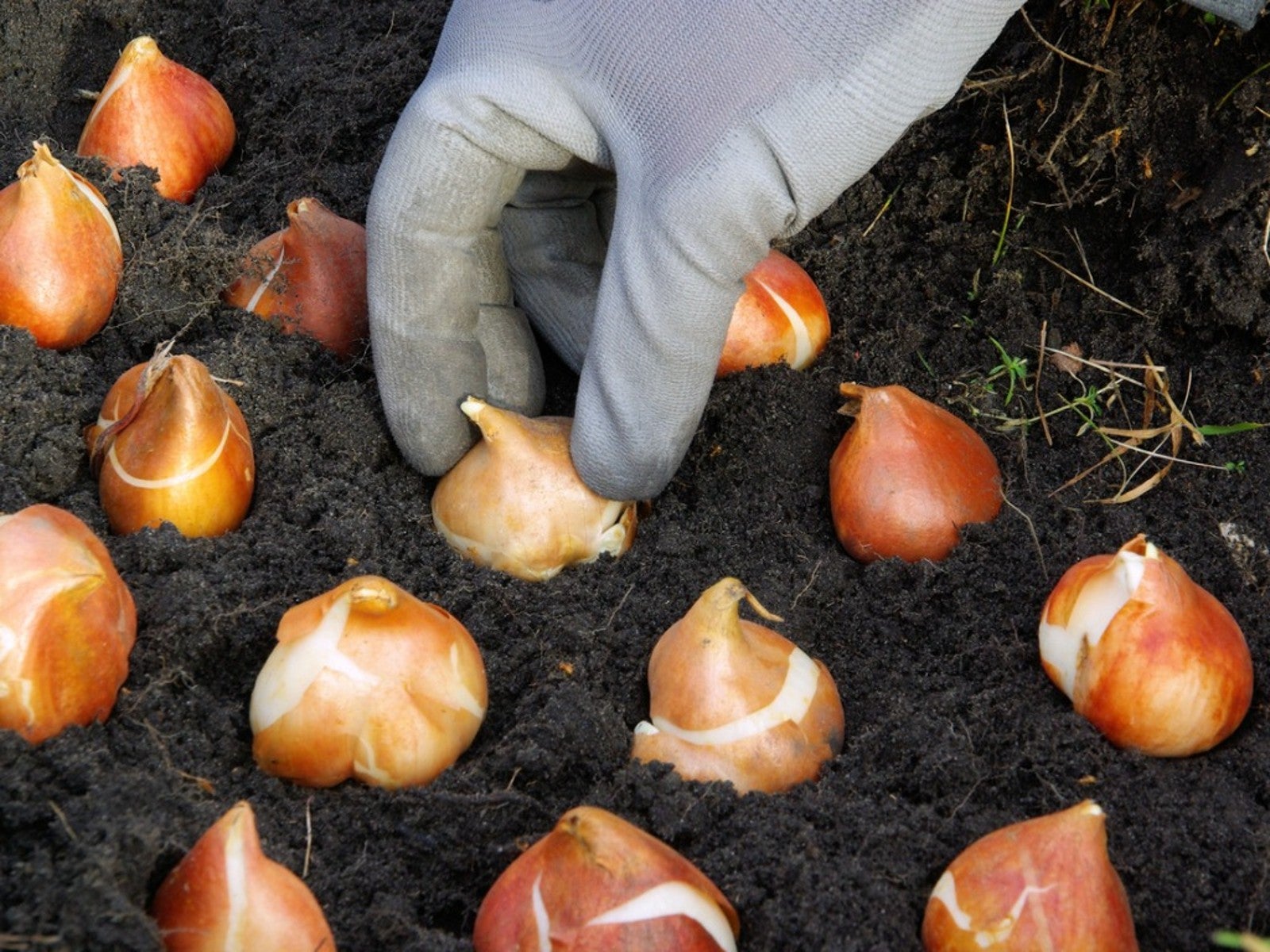Regional Gardening Tasks – Southern Gardening In October


Many of us feel summer’s end, as the season slowly slips from us. Some are still getting heat in the garden, but most summer crops are finishing with their yearly production. Cool temperatures, especially at night are more prevalent and, in some areas, we can expect frost this month.
October in the southeast has arrived, bringing autumn blooms and new chores for us in the garden. Regional gardening tasks will vary, depending on your exact location in the southeast.
October Garden To-Do List
Flower gardeners may take this cooler season to divide and upgrade beds of early spring blooming bulbs. Your entire bed can be shifted around and enlarged with the additional plant material. You may place some in containers for spring displays that are easy to locate indoors and in bare spots outside.
Make sure to provide cold temperatures to your spring flowering bulbs that require it. If your conditions don’t get cold in winter, you may chill crocus, tulips, narcissi and others that need the chill bagged in your refrigerator. Some bulbs are pre-chilled, allowing you to plant into your garden bed no matter how warm it will be outside.
The best selection of bulbs is available now, and will dwindle as planting time passes, so get new bulbs early this month.
Other than planting your bulbs, add seeds of those cool season blooms to come up now or in spring. You may continue planting parsley, dill, fennel and cilantro, cool season members of the herb family. Spinach and leaf lettuce varieties can go in the ground along with carrots, onions, and radishes.
October Planting: A Southern Gardening Task
- Cooler temperatures make it easier on the trees, shrubs, and perennial blooms that you might want to get in the ground this month. Take advantage of the rain from the storms for carefree plantings. This is a perfect time for such plants to develop good root systems before new growth starts in spring. Fertilize if necessary, by type of plant. Water well if no rainfall is available; new plantings should be well-watered before winter, especially evergreens.
- Dig bulbs that can’t survive over winter in the ground, such as dahlia, canna, ginger lily, elephant's ear, gladiolus, caladium, and banana plant. Store in a dry area until spring.
- Harvest sweet potatoes
- Harvest all tomatoes if frost is predicted
- Do the final fertilization of your lawn
- Remove finished vegetables plants from the garden and compost those that are not diseased.
- When planting cool season crops, attempt to keep them in one area of the garden bed. You can amend the empty space and let it set in over winter. Add manure, compost, grass clippings and those falling leaves that can be shredded.
- Plant a cover crop for winter to help with nutrients. Clover is a favorite, as it corrects nitrogen issues, as do legumes and hairy vetch.
Sign up for the Gardening Know How newsletter today and receive a free copy of our e-book "How to Grow Delicious Tomatoes".

Becca Badgett was a regular contributor to Gardening Know How for ten years. Co-author of the book How to Grow an EMERGENCY Garden, Becca specializes in succulent and cactus gardening.